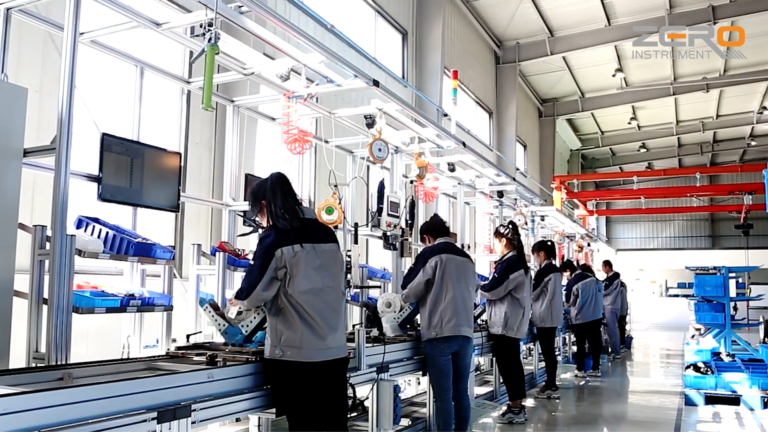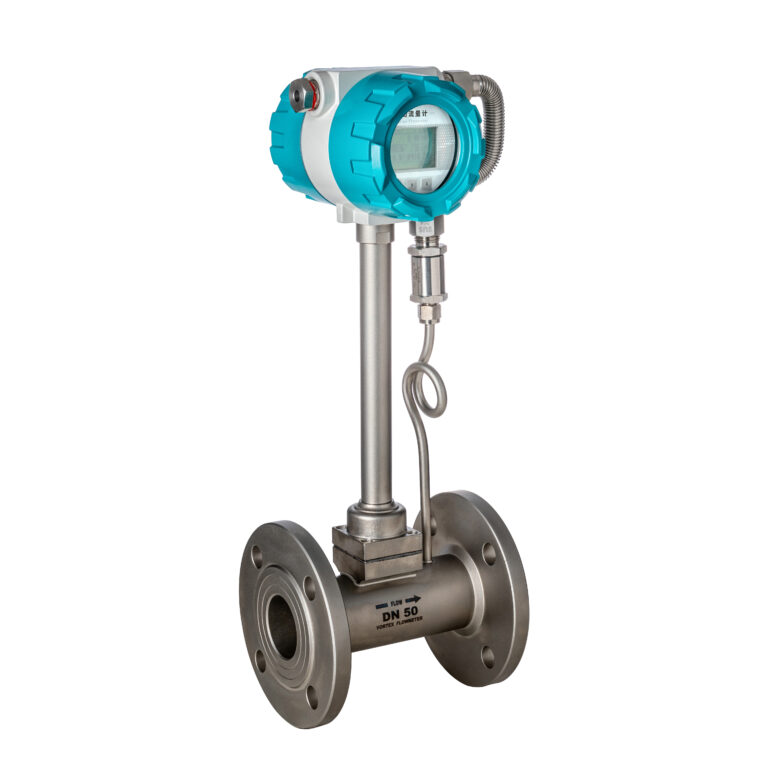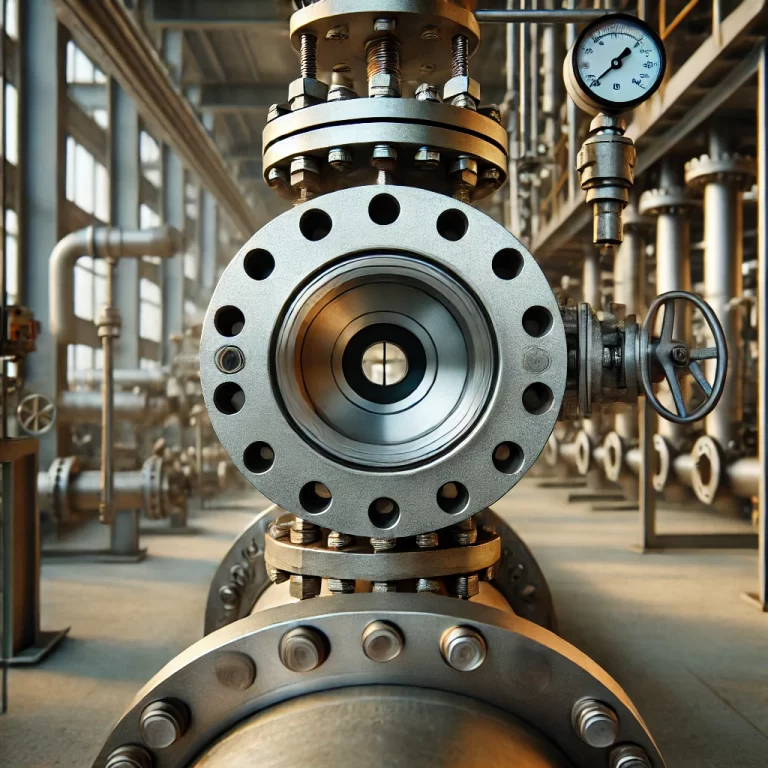In industrial settings, steam flow measurement is crucial for maintaining process efficiency, energy conservation, and system safety. Two widely used methods for measuring steam flow are the vortex flowmeter and the differential pressure (DP) flowmeter. Each method has its advantages and disadvantages, making them suitable for different scenarios. Below is a detailed comparison of both methods.

1. Vortex Flowmeter
Principle:
A vortex flowmeter operates based on the von Kármán vortex street principle. When steam passes through the flowmeter and encounters a bluff body (such as a triangular obstacle), vortices are generated downstream of the obstacle. The frequency of vortex shedding is proportional to the flow velocity, and from this frequency, the flow rate can be calculated.
Advantages:
- Wide Measurement Range: Vortex flowmeters can accurately measure steam flow across a broad range, making them suitable for large, medium, and small steam flows.
- High Accuracy: Typically, vortex flowmeters offer an accuracy of around ±1%, which is ideal for applications requiring precise measurement.
- Simple Design and No Moving Parts: The absence of moving parts makes vortex flowmeters durable and reliable. This reduces maintenance needs and prolongs their service life.
- Versatility: Vortex flowmeters can handle various temperatures and pressures, making them particularly useful for high-temperature and high-pressure steam.
- Easy-to-Read Output: The output signal directly reflects the flow velocity, making real-time monitoring straightforward.
Disadvantages:
- Sensitivity to Vibration: Vortex flowmeters are sensitive to mechanical vibrations, which can interfere with vortex formation and lead to inaccurate readings. Therefore, special care is needed in vibrating environments.
- Pressure Loss: The obstruction within the flowmeter causes a pressure drop, which can reduce overall system efficiency.
- Demand for Stable Flow: Vortex flowmeters perform best with homogeneous fluids. The presence of bubbles or solid particles can impact measurement accuracy.
- Limited Performance at Low Flow: At lower flow rates, vortex shedding becomes less frequent, reducing measurement accuracy. Thus, vortex flowmeters are less suitable for low-flow applications.

2. Differential Pressure (DP) Flowmeter
Principle:
The differential pressure flowmeter (such as orifice plates or Venturi tubes) measures steam flow by creating a pressure drop across a restriction in the flow path. The flow rate is calculated by measuring the pressure difference before and after the restriction, based on Bernoulli’s principle.
Advantages:
- Wide Applicability: DP flowmeters are versatile and can measure various media, including steam, liquids, and gases. They are particularly common in high-temperature and high-pressure steam applications.
- Suitable for Large Diameter Pipelines: DP flowmeters can handle large pipeline diameters, making them well-suited for high-flow industrial processes.
- Mature and Reliable Technology: DP flow measurement is a well-established method, known for its stability and accuracy over time.
- Broad Flow Rate Range: With different restriction devices, DP flowmeters can cover a wide range of flow rates, performing well in high-speed applications.
Disadvantages:
- High Pressure Loss: The presence of a restriction device (such as an orifice plate) causes significant pressure loss, which can affect system efficiency.
- Complex Installation: Installing and maintaining DP flowmeters is more complicated, especially in large diameter pipelines. The restriction devices require periodic calibration and maintenance.
- Accuracy Influenced by Temperature and Pressure: The accuracy of DP flowmeters can be affected by changes in steam temperature and pressure. To maintain high accuracy, pressure and temperature compensation may be needed.
- Higher Maintenance Costs: Over time, the restriction devices in DP flowmeters may experience wear and tear, particularly in high-pressure, high-velocity steam systems. Regular inspection and replacement are necessary.
- Slower Response Time: Because DP flowmeters rely on pressure changes, they have a slower response time, making them less suitable for real-time monitoring of rapidly changing flow rates.

Conclusion:
- Vortex Flowmeter: Ideal for applications requiring high precision and long-term stability across a wide flow range. It performs well with high-temperature, high-pressure steam but is sensitive to mechanical vibrations and not suitable for low-flow scenarios.
- Differential Pressure Flowmeter: Versatile and widely used in large flow applications. While suitable for various media, its higher pressure loss, complex installation, and sensitivity to temperature and pressure variations make it more suitable for stable, large-flow operations.
The choice between a vortex flowmeter and a differential pressure flowmeter depends on specific application requirements, including flow range, pressure loss, precision needs, and installation conditions.
